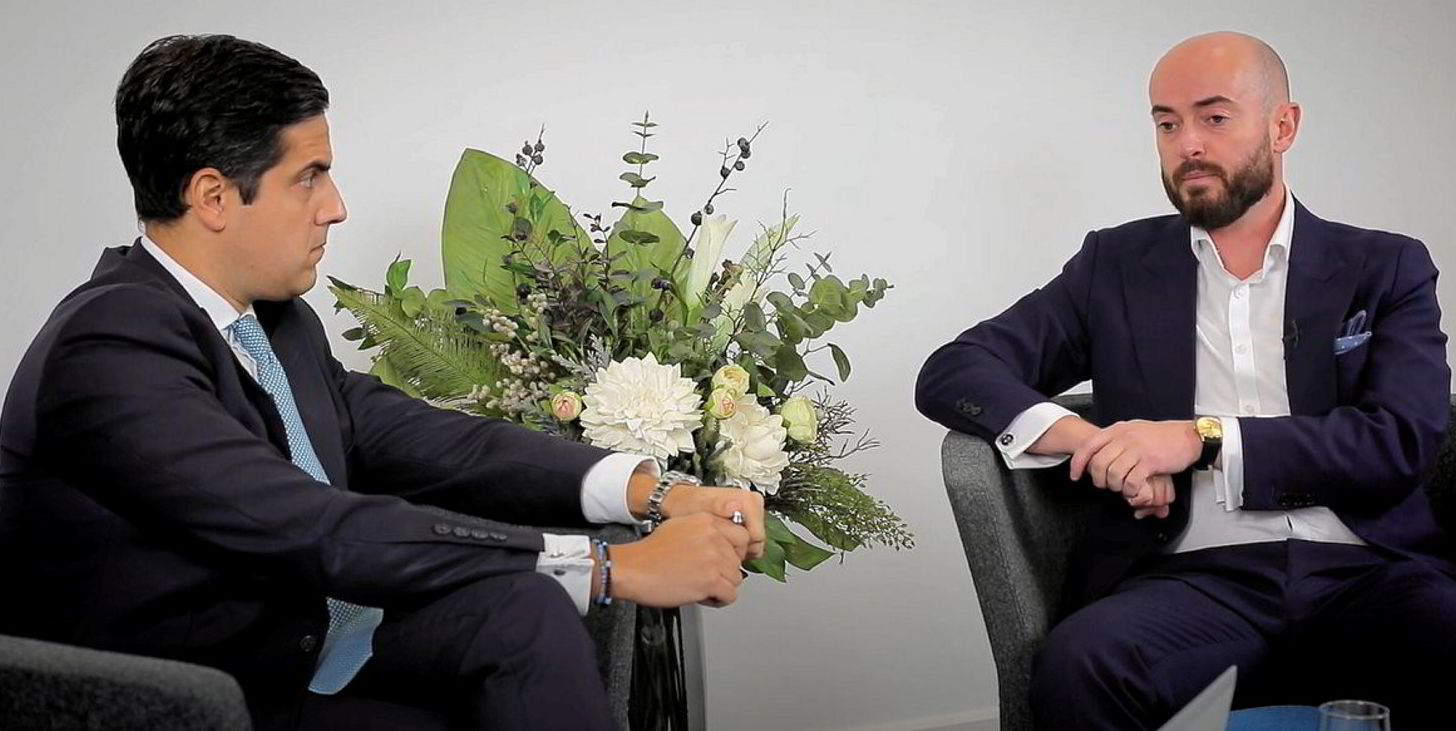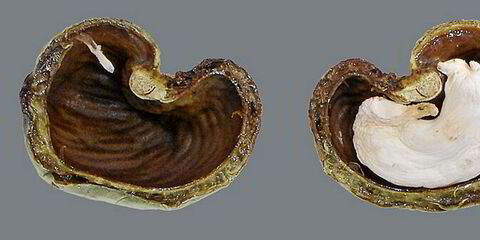The hike in marine insurance costs over the past three years looks certain to slow down in 2024.
The hull and machinery and protection and indemnity markets, the two largest insurance costs for shipowners, appear to be transitioning from a hard to soft market.
P&I insurers have already strongly indicated that the hard market of the past three February renewals has probably peaked.
This year, five mutual P&I clubs will seek to raise premium income by 5% and seven clubs by 7.5% in 2024, compared with rate rises of between 10% and 12.5% at this year’s February renewal.
Broker Gallagher suggested that 2024 will set a trend for the next few years that will see “mid-to-low single-digit increases”.
The slower rate rises can be attributed primarily to the alleviation of financial pressures on P&I clubs. There has been a significant fall in the International Group of P&I Clubs’ pool claims and Covid-related claims have petered out.
Clubs are now reporting they are roughly breaking even on the P&I underwriting business.
The likes of Gard and Skuld have seen much improved bottom lines with a modest recovery in the investment market and additional income from diversified income streams.
Three clubs — Britannia P&I, Gard and Steamship Mutual — have been in a position to return capital to shipowner members.
Stability restored
Broker Lockton Marine said: “Underwriting results and claims performance stability seem to have been restored.”
The P&I market is dominated by the 12 members of the International Group of P&I Clubs, which accounts for over 90% of the market, and it is difficult for new entrants to compete against the grouping.

But it is a different picture in the marine hull and machinery and cargo market, which is far more open to an influx of insurance capital that could increase competition and start to affect rates heavily.
Rates have been improving in the hull and machinery and cargo insurance market since 2020, following a withdrawal of capacity from the market driven by the Lloyd’s of London market Decile 10 project to improve profitability.
The concern next year is that new capacity, attracted to the market by higher rates, could mean the hard market is about to soften.
On top of that, machinery claims have been on the increase and that is impacting underwriting profitability.
‘Supercycle’
Norwegian Hull Club chief executive Hans Christian Seim told TradeWinds he believed the “supercycle” in hull and machinery is over.
Most brokers agree that rates this year have been flat, and could be poised to start to soften next year.
The cargo market has already seen signs of a capital increase.
In its latest cargo market update, Gallagher said there had been a “noticeable undercurrent of intensifying competition escalating”.
However, market pundits point to factors that are likely to restrict the arrival of new capacity next year.
Downward cycle
Interest rates remain high and the bond market offers more secure returns for investment capital than a marine insurance market that appears to be at the start of a downward cycle.
The damage done to marine underwriters in previous downturns appears to be making them more conservative in managing capacity.
Brit Insurance is reported to be withdrawing capacity from the marine liability market. The Norwegian Hull Club said it would rather see its portfolio shrink than take on tonnage at unrealistic rates.
Another key factor is that the major insurers and reinsurers are reluctant to commit more capital to the marine market because of their commitment to environmental, social and governance principles.
Many insurers such as Swiss Re and Munich Re have committed to withdraw from oil, gas and coal, which are also key shipping markets.
Given the association with fossil fuels, it is difficult to see them direct more capital towards the marine insurance industry.
The final factor pertains to the growing compliance demands within marine insurance markets.
The expanding sanctions network has imposed significant compliance responsibilities on marine insurers.
This notably involves collecting attestations from shipowners’ clients affirming compliance with the G7-stated price cap for oil carriage.





